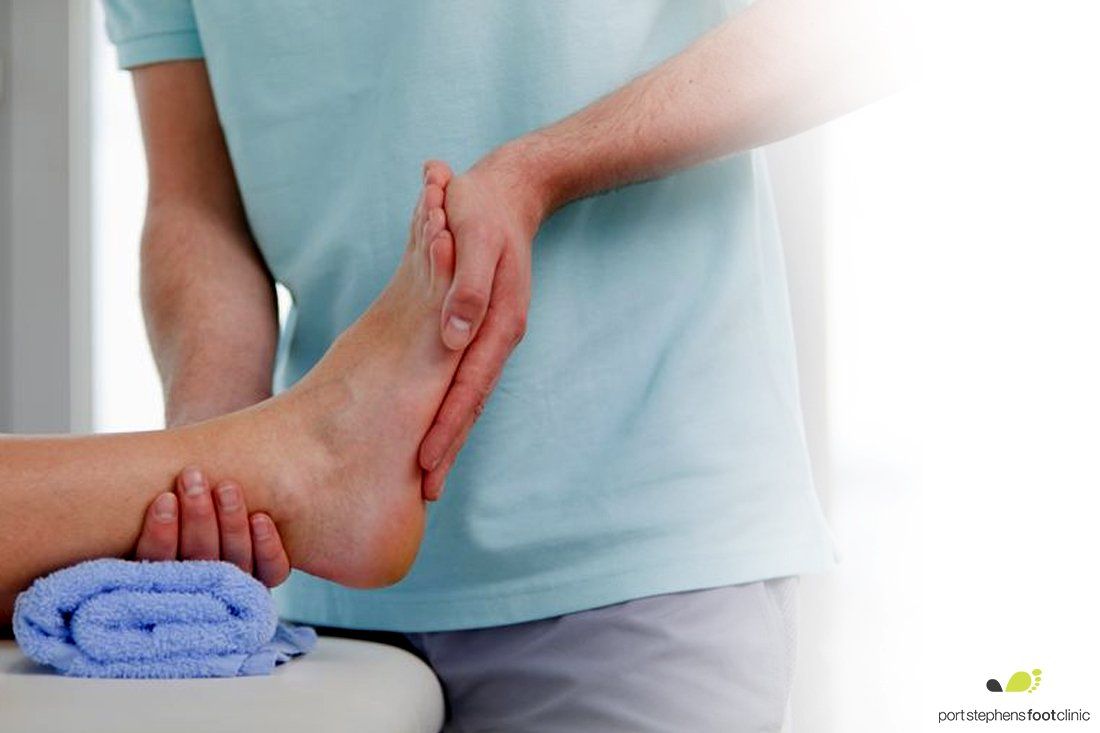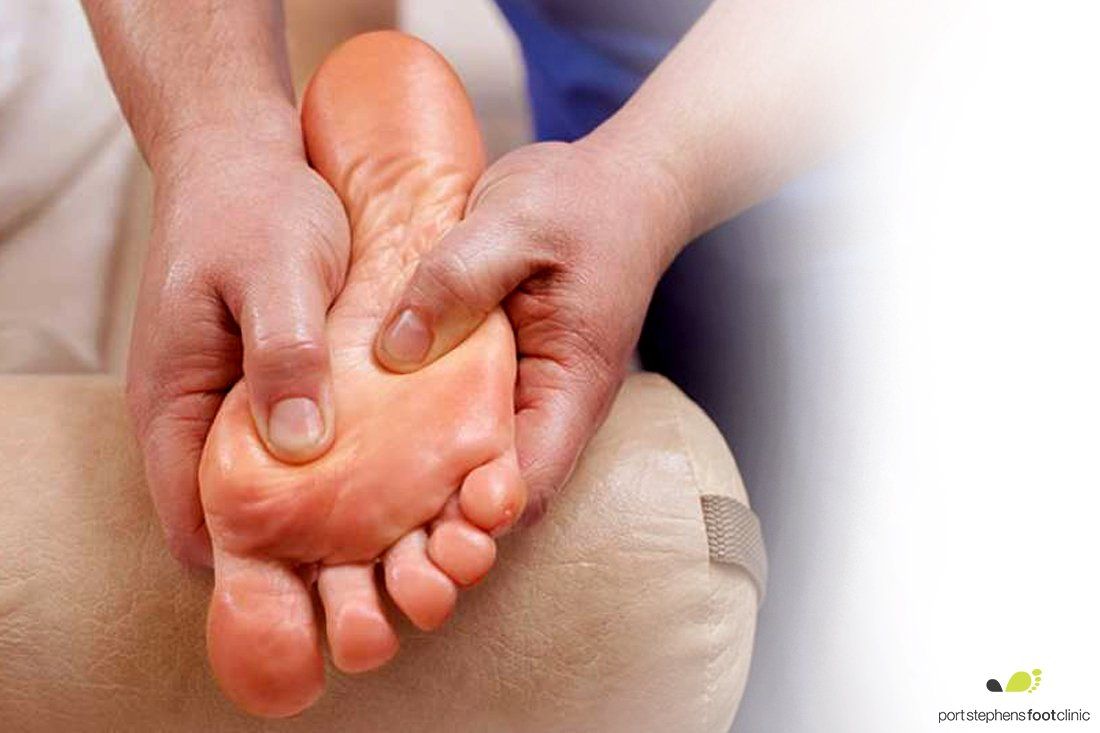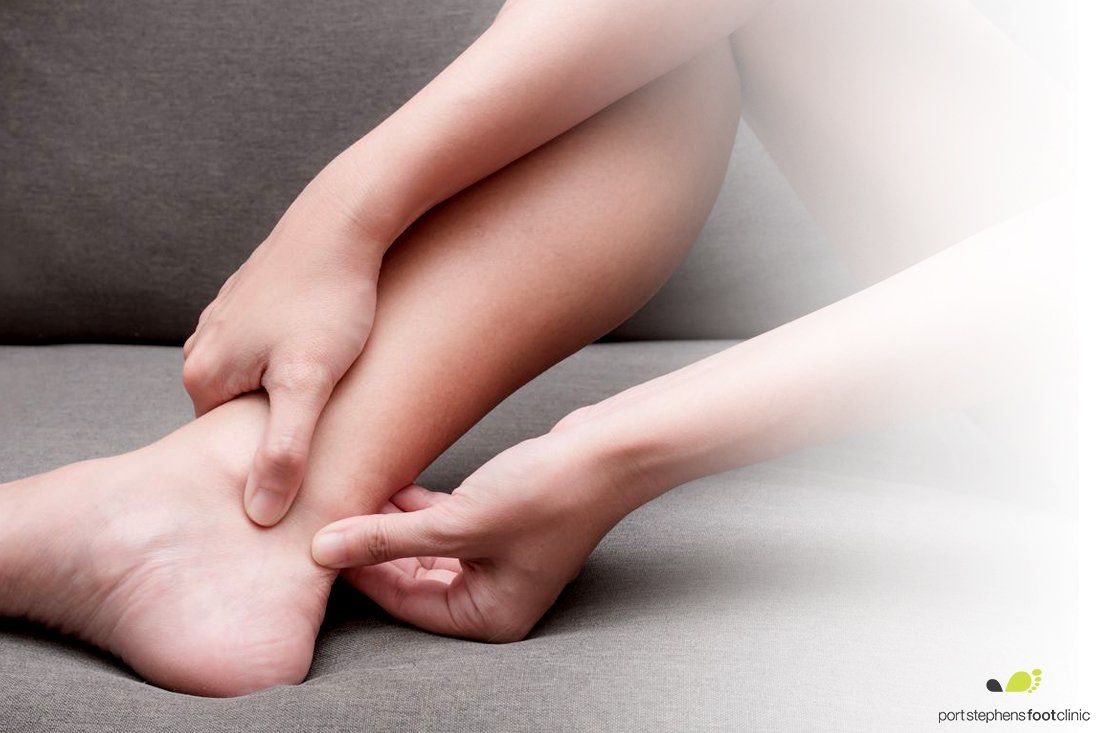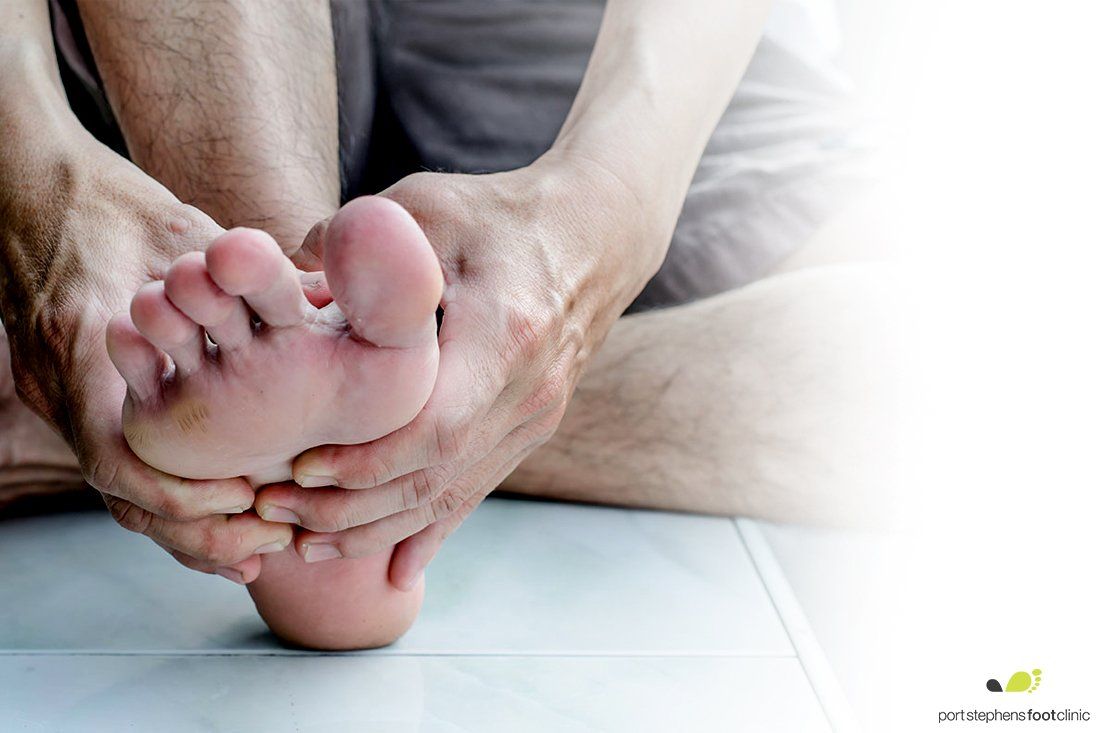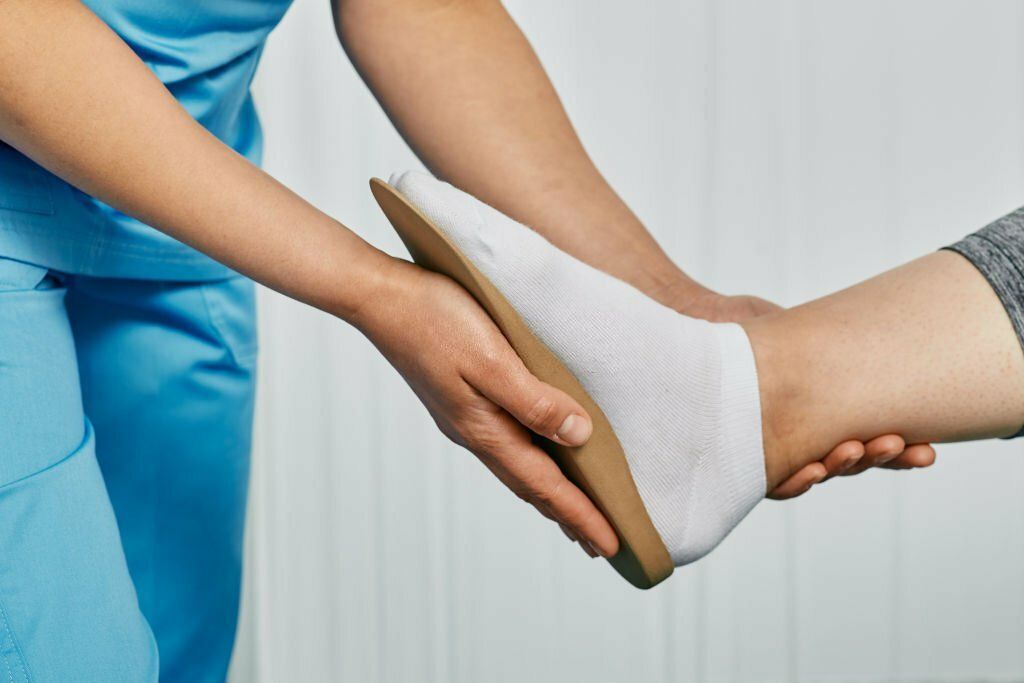Shin Splints
Shin splints, also known as medial tibial stress syndrome, is a common condition characterized by pain and inflammation along the shinbone (tibia), which is located on the front part of the lower leg. It often occurs as a result of overuse or repetitive stress on the muscles, tendons, and bone tissue in the lower leg.
The primary cause of shin splints is excessive or repetitive force being placed on the shinbone and the connective tissues that attach the muscles to the bone. This excessive force can lead to small tears in the muscles and inflammation of the surrounding tissues. Several factors can contribute to the development of shin splints, including:
- Overtraining or sudden increase in activity: Engaging in high-impact activities, such as running or jumping, without proper conditioning or allowing sufficient recovery time can strain the muscles and lead to shin splints.
- Improper footwear: Wearing shoes that lack proper support, cushioning, or do not fit correctly can contribute to shin splints by increasing stress on the lower leg.
- Biomechanical issues: Abnormal foot mechanics, such as flat feet or high arches, can alter the distribution of forces during physical activity, putting more strain on the lower leg.
- Hard surfaces: Running or exercising on hard surfaces like concrete or asphalt can increase the impact and stress on the lower leg.
It's important to differentiate shin splints from other conditions that may cause similar symptoms, such as stress fractures, compartment syndrome, or nerve entrapment. If you're experiencing persistent or severe pain, it's recommended to seek medical attention for an accurate diagnosis and appropriate treatment.
Treating shin splints typically involves a combination of rest, ice therapy, shockwave therapy, pain relief, compression, and gradual return to activity. It's essential to address the underlying causes, such as improper footwear or training errors, to prevent future occurrences of shin splints. Consulting with a foot clinic podiatrist can provide personalized guidance and treatment options based on your specific situation.






